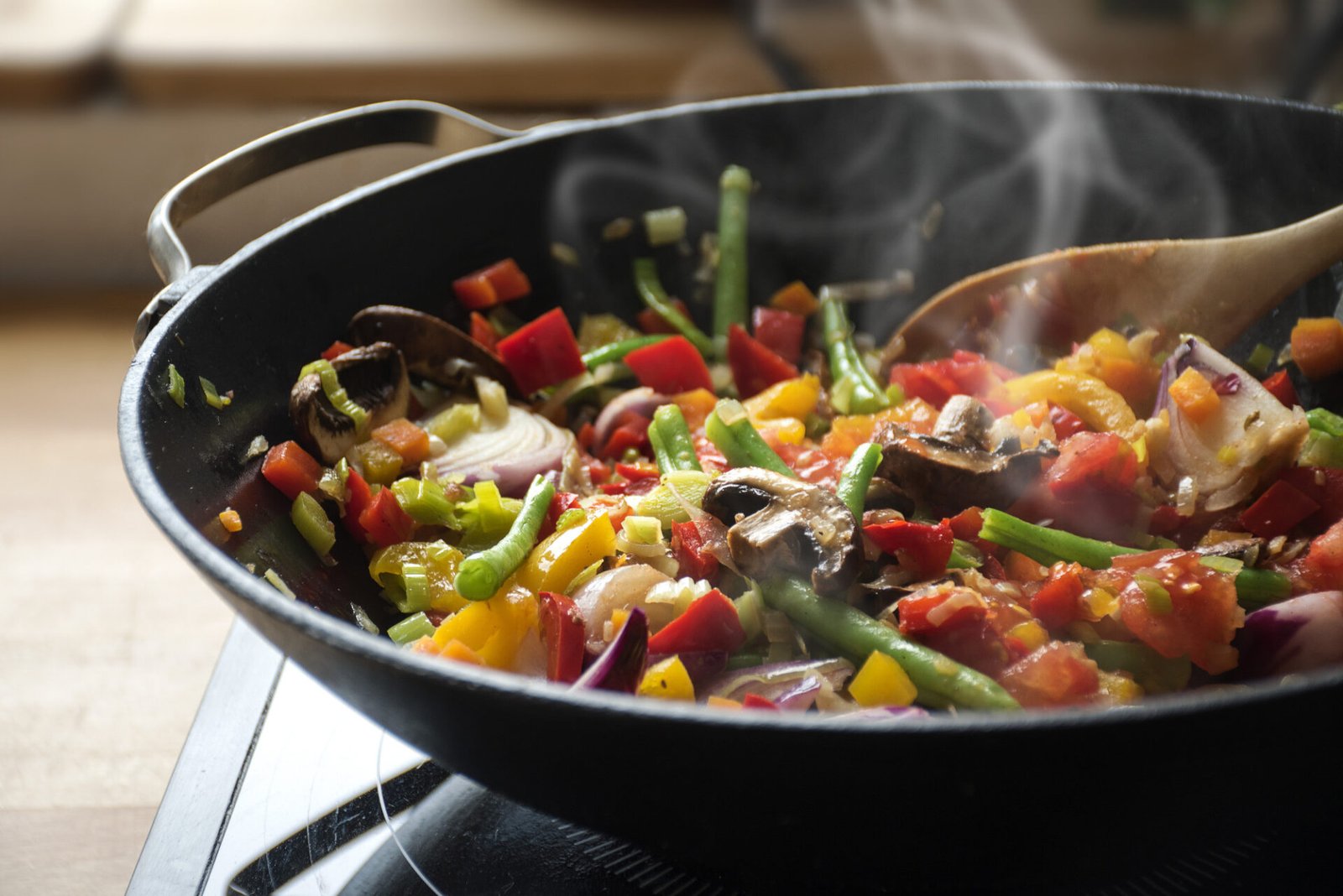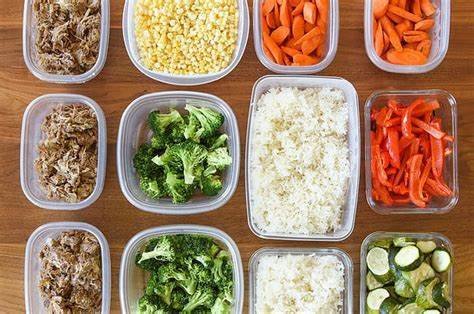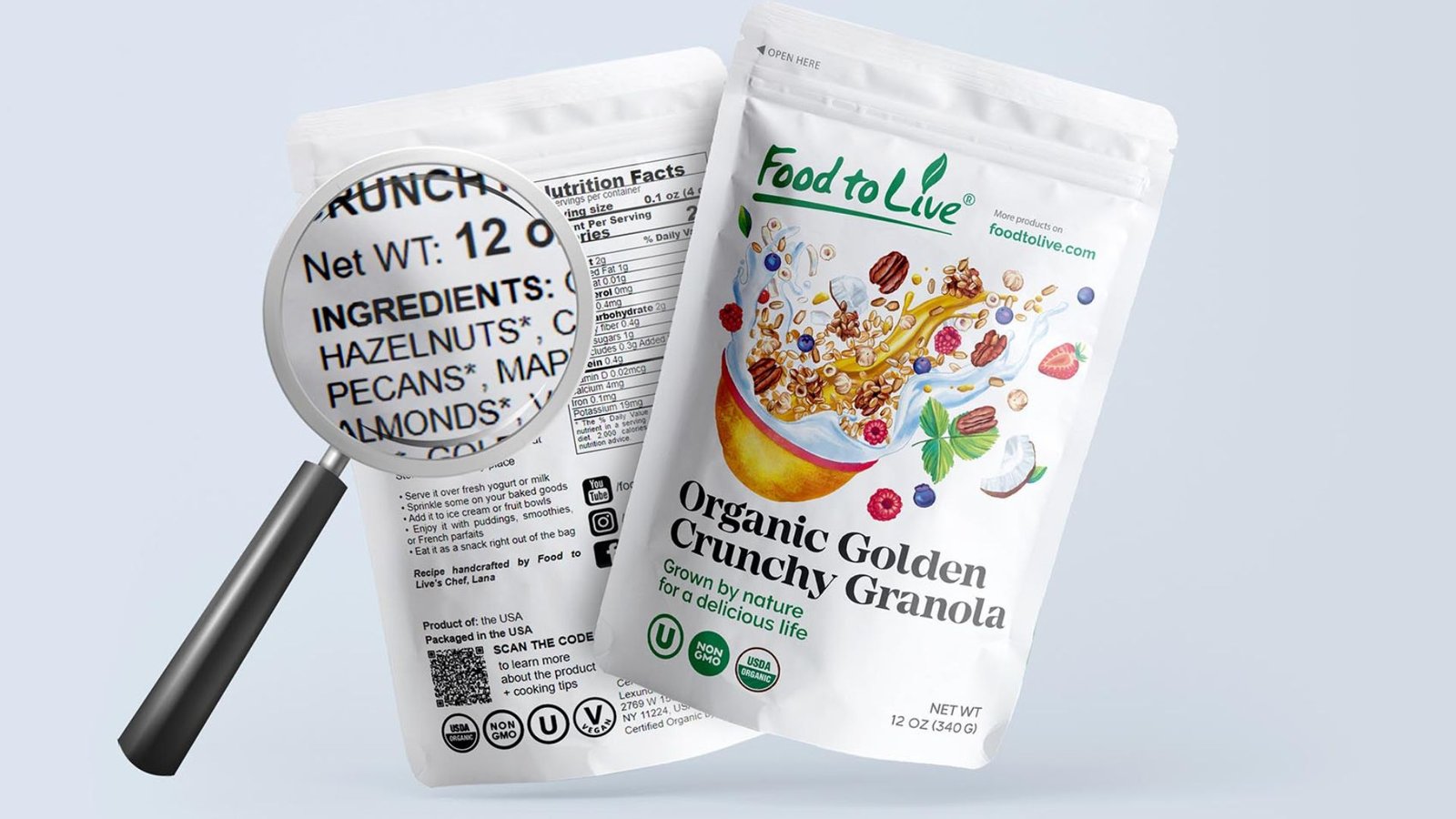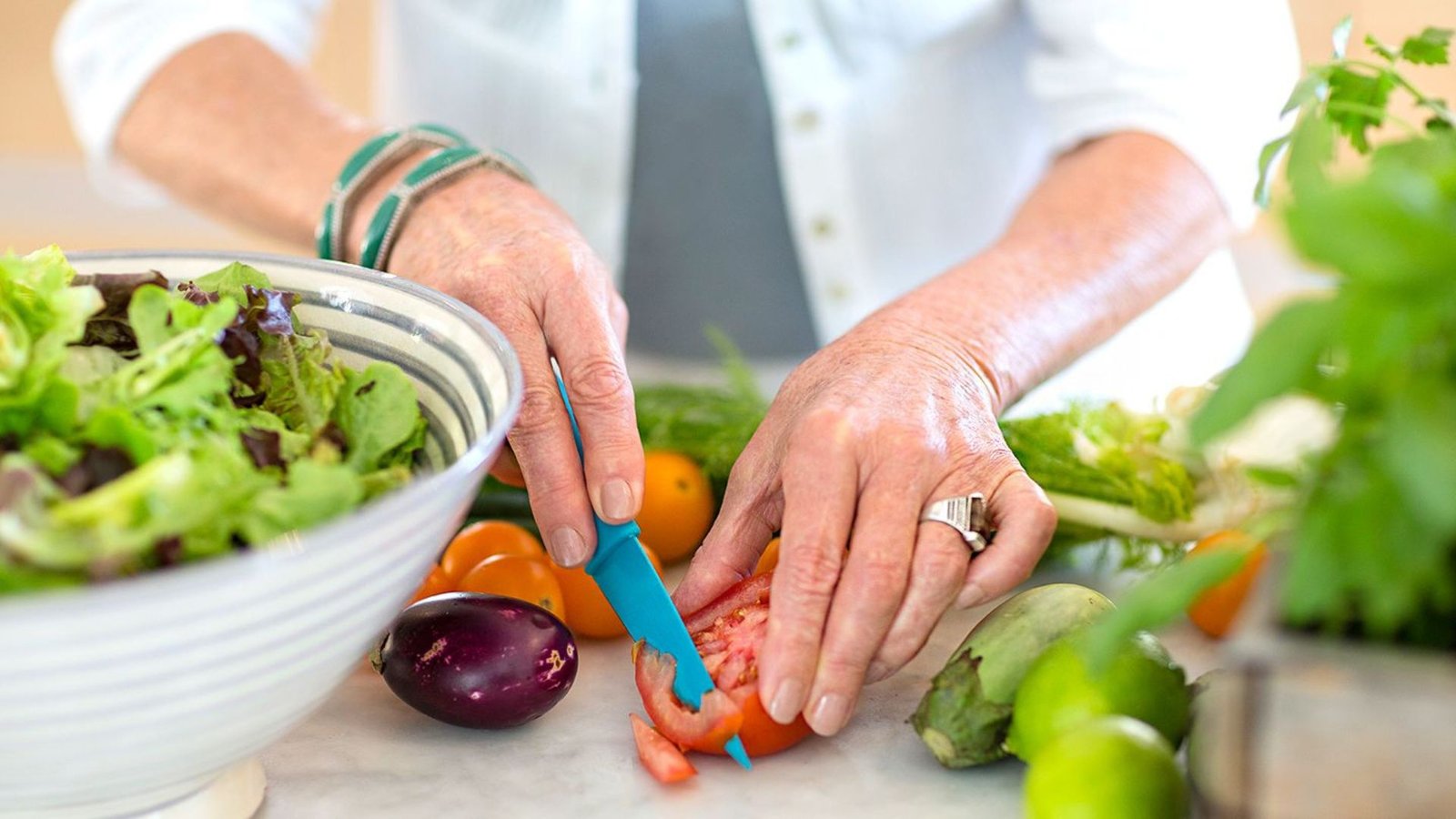Eating healthy doesn’t have to be expensive. With some smart planning and a few budget-friendly ingredients, you can create a nutritious meal plan that’s both affordable and delicious. In this guide, we’ll show you how to eat well without breaking the bank, featuring cost-effective ingredients, meal-prepping strategies, and budget-conscious shopping tips.
1. Build Your Meal Plan Around Affordable Staples
When meal planning on a budget, it’s essential to focus on affordable, nutrient-dense staples. These items are not only budget-friendly but also versatile and packed with nutrients. Some of the best options include:
- Brown rice and quinoa: Both are whole grains that are filling and affordable.
- Beans and lentils: These are great plant-based protein sources that are extremely budget-friendly.
- Frozen vegetables: Just as nutritious as fresh, frozen veggies are often more affordable and have a longer shelf life.
- Oats: Perfect for breakfast and snacks, oats are cheap and highly nutritious.
- Eggs: A high-protein, versatile option that can be used in many meals.
2. Budget-Friendly Weekly Meal Plan
Here’s a sample weekly meal plan to help you eat healthy on a budget, using affordable ingredients and simple recipes.
Day 1
- Breakfast: Overnight oats with banana and a drizzle of honey.
- Lunch: Lentil and vegetable soup with whole-grain bread.
- Dinner: Brown rice stir-fry with frozen vegetables, scrambled eggs, and soy sauce.
Day 2
- Breakfast: Scrambled eggs with whole-grain toast.
- Lunch: Chickpea salad with cucumber, tomato, olive oil, and lemon.
- Dinner: Quinoa with black beans, corn, salsa, and shredded cheese.
Day 3
- Breakfast: Greek yogurt with oats, sliced almonds, and honey.
- Lunch: Tuna salad with mixed greens and a side of whole-grain crackers.
- Dinner: Whole-wheat pasta with marinara sauce and a side of steamed frozen broccoli.
Day 4
- Breakfast: Smoothie made with frozen berries, spinach, and almond milk.
- Lunch: Egg salad sandwich on whole-wheat bread with a side of carrot sticks.
- Dinner: Baked sweet potatoes stuffed with black beans, salsa, and avocado.
Day 5
- Breakfast: Peanut butter on whole-grain toast with apple slices.
- Lunch: Leftover lentil and vegetable soup from Day 1.
- Dinner: Homemade vegetable and cheese pizza using a whole-wheat tortilla as the base.
Day 6
- Breakfast: Oatmeal with cinnamon, chopped nuts, and a handful of raisins.
- Lunch: Quinoa salad with mixed vegetables, olive oil, and lemon dressing.
- Dinner: Stir-fried tofu with mixed frozen vegetables and brown rice.
Day 7
- Breakfast: Banana pancakes (made with oats, eggs, and mashed bananas).
- Lunch: Leftover chickpea salad from Day 2, served in a whole-wheat wrap.
- Dinner: Spaghetti with lentil bolognese and a side of roasted carrots.
3. Smart Shopping Tips for Budget Eating
- Buy in bulk: Items like rice, beans, oats, and pasta are cheaper when bought in bulk. Consider purchasing large quantities and storing them properly for future use.
- Use frozen fruits and vegetables: Frozen produce is just as nutritious as fresh and is often more affordable. It also reduces food waste since you can use only what you need.
- Look for sales and discounts: Plan your meals around what’s on sale at your local grocery store. Use apps or websites to find weekly discounts on staple items.
- Limit processed foods: Pre-packaged snacks and convenience foods tend to be more expensive and less nutritious. Stick to whole, unprocessed foods for better value.
- Meal prep in advance: Preparing meals in advance saves time and ensures you stick to your plan, reducing the temptation to order takeout. Cook big batches of soups, stews, or grains to last for multiple meals.
4. Easy and Affordable Recipes
Lentil Soup
- Ingredients: 1 cup lentils, 1 diced onion, 2 diced carrots, 1 can diced tomatoes, 4 cups vegetable broth, salt, and pepper.
- Instructions: Sauté onions and carrots in a pot. Add lentils, diced tomatoes, and broth. Bring to a boil, then simmer for 20-25 minutes. Season with salt and pepper to taste.
Vegetarian Stir-Fry
- Ingredients: 1 cup cooked brown rice, 1 bag frozen vegetables, 2 eggs, 2 tbsp soy sauce, 1 tbsp olive oil.
- Instructions: Heat oil in a pan, scramble eggs, and set aside. Stir-fry frozen vegetables until tender, then add rice and soy sauce. Stir in scrambled eggs and serve hot.
Quinoa Salad
- Ingredients: 1 cup cooked quinoa, 1 can black beans, 1 cup corn, 1 diced tomato, juice of 1 lime, salt, and pepper.
- Instructions: Mix cooked quinoa, beans, corn, and tomato in a bowl. Drizzle with lime juice, season with salt and pepper, and serve chilled or at room temperature.

5. Conclusion
Eating healthy on a budget is entirely possible with some planning and smart shopping. By focusing on affordable staples, prepping meals in advance, and choosing versatile ingredients, you can enjoy nutritious meals without overspending. Stick to your budget while still fueling your body with the nutrients it needs.




